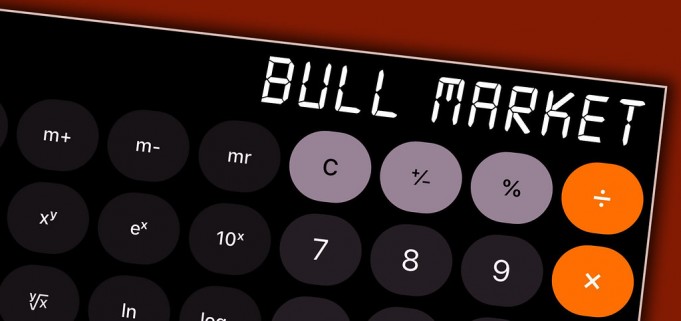Introduction
After the sudden collapse in equity markets in mid-March, the assumption across the board was that the long bull market is over. But there’s a new bull market, as some indexes rose more than 20% from their March 23 lows. The 20% yardstick for determining the beginning of market cycles is simplistic.
What if the Bull Market Did Not End?
Long-term plan
The average investor should be working from a long-term plan that won’t blow up because of the coronavirus pandemic. Try to remain disciplined, except sometimes you can’t, when the alarm bells are going off. But since we’re on the topic of bull markets, let’s think a little more about what those bull markets are associated with, what the concept means, broad economic expansions, rising corporate earnings, and increasing sales.
Sell-offs
Stocks reach new highs as investors become willing to pay more for each dollar of earnings. This market phases typically last years, and of course, don’t go in just one direction. These long-term trends are often punctuated by sharp counter-cyclical sell-offs. Data can help us sort out what to make of these panic-induced moves. Typically, it takes 255 days for indexes to fall 20% from their peaks, and the latest plunge was just 17 days.
V-shaped Market Recovery
There are suggestions that the collapse implies an equally robust V-shaped market recovery because so many unknown factors are at play. How fast will a vaccine be ready, and when can the economy open up for business again? Even if the best-case scenario occurs, there is no idea how fast the economy can ramp up back to full employment. Pent-up demand from Americans should drive up consumption quickly once the lockdown ends.
No Comparison to Sept. 11
More importantly, the pandemic is a market externality, it isn’t a standard recession driven by monetary policy. Nor is it anything like a financial crisis caused by a loss of confidence in bank-asset. It is an exogenous shock that has spilled over into the broader economy and events such as the Sept. 11 terror attacks are only marginally similar. Without any historical comparison, it’s challenging to come up with what a recovery might look like.
All of this underscores what we need to keep in mind and expect sell-offs, of shocking magnitude. The point is, sell-offs do occur during a bull market without disrupting the underlying strength of the expanding economy. Whether March 23 was the bottom is almost irrelevant, the question is whether the long-term financial crisis is still with us.
Bull Market is Still Intact
The point is, the underlying strength of the expanding economy, low-interest rates, and the continuing shift to services. That suggests it may take more than a 60-day lockdown to derail the economic expansion. If we can find a way to get beyond this tragic external shock, we might find that the underlying secular bull market is still intact if we’re lucky. In 1987, it didn’t actually end the bull market; maybe Coronavirus won’t end this one.









